
This picture was painted in the fall of 1940 in Nice, where Matisse left Paris, occupied by the Germans. She demonstrates the artist’s transition to a simplified manner of writing. The female figure is so close to the viewer that her head and skirt are partially cut off by the frame. Compositionally the image is located in one plane. The artist emphasizes this with a clean, devoid of semitones, color, smooth black lines of contours and the location of the embroidery pattern.
A special decorative effect is created by a bold palette, including pure red, pink, blue and gold paint. The process of creating some of his paintings Matisse captured in photographs, allowing to follow his painstaking search for the “last” composition. Working on the “Romanian blouse”, the artist sought to simplify the form and make it more monumental.
There are 15 photos of the “Romanian blouse” at different stages of its “birth.” At the first stage of work, Matisse portrayed his heroine sitting on a chair. The richly embroidered Romanian blouse “plays” with a colorful background, as which the wallpaper is decorated with floral ornaments. In the second stage, the figure has retained its position – diagonally on the canvas – but now the artist is more interested in the “rhyming” of the luxuriant sleeve of the blouse and the curved back of the chair. Picture wallpaper here becomes easier and larger. At the third stage, the shape of the elbow and the folded palms of the girl change, again simplifying and as if rushing towards the shape of a circle. The chair and the wallpaper are still present here, but in the fourth stage, Matisse performs a dramatic compositional modernization of the picture. Disappear chair and wallpaper. A clear embroidery pattern on the blouse is preserved, but the figure of the heroine, slightly straightening up and “growing up” before her eyes, fills almost the entire space of the picture and generally takes on a distinct heart shape. The head of the girl is partially cut off by the upper edge of the canvas.
“Romanian blouse” is a very significant piece for Matisse. It is worth thinking about what happened in 1940, when it was created, in the world and what is depicted in the picture. It seems that Matisse does not notice at all the terrible “faults” that have distorted his contemporary world. Yes, so, probably, it was, by and large. Matisse is a consistent utopian. He lived as if on a “different” planet. And he called on all of us to follow his example, because then the “other” planet of Matisse would become “ours.” It has become a reality.
We considered it possible to bring here some thoughts of the artist about art. It seems to us that the best commentary on the presented masterpiece is not to be found. So. Expressiveness, from my point of view, does not lie in passions glowing on a human face or expressed in frantic movements. The whole composition of my picture is expressive: the places occupied by figures, empty spaces around, proportions – everything plays its part. Composition is the art of arranging, in one way or another, the various components of a whole in order to express the artist’s feelings.
In the picture, each part is noticeable, and each plays its intended role, whether it is a key or minor role. It follows that everything that does not play a useful role in the picture is harmful. I can not slavishly copy nature. I have to interpret nature and subordinate it to the spirit of my picture. The relationships found between the tones should lead to a living harmony of tones, to harmony, similar to a musical composition. What interests me most is not a still-life or landscape, but a human figure. It most of all gives me the opportunity to express my almost religious worship of life. I do not try to capture all the details of the face, and I don’t have to transfer them with anatomical accuracy. What I dream about is the art of balance, purity and serenity, in which there is nothing oppressive or suggestive.
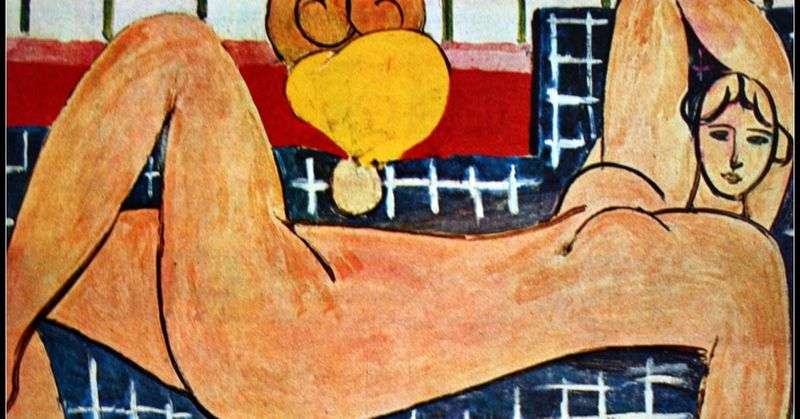 Pink Nude by Henri Matisse
Pink Nude by Henri Matisse Blue Nude by Henri Matisse
Blue Nude by Henri Matisse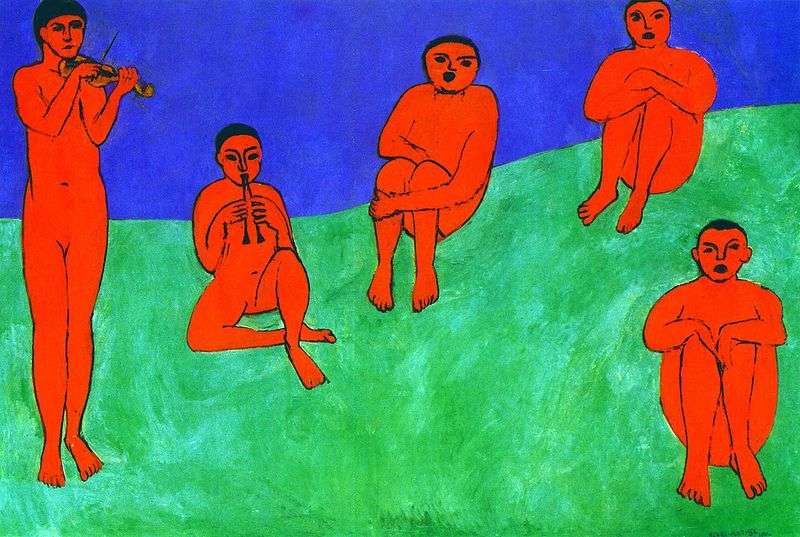 Music by Henri Matisse
Music by Henri Matisse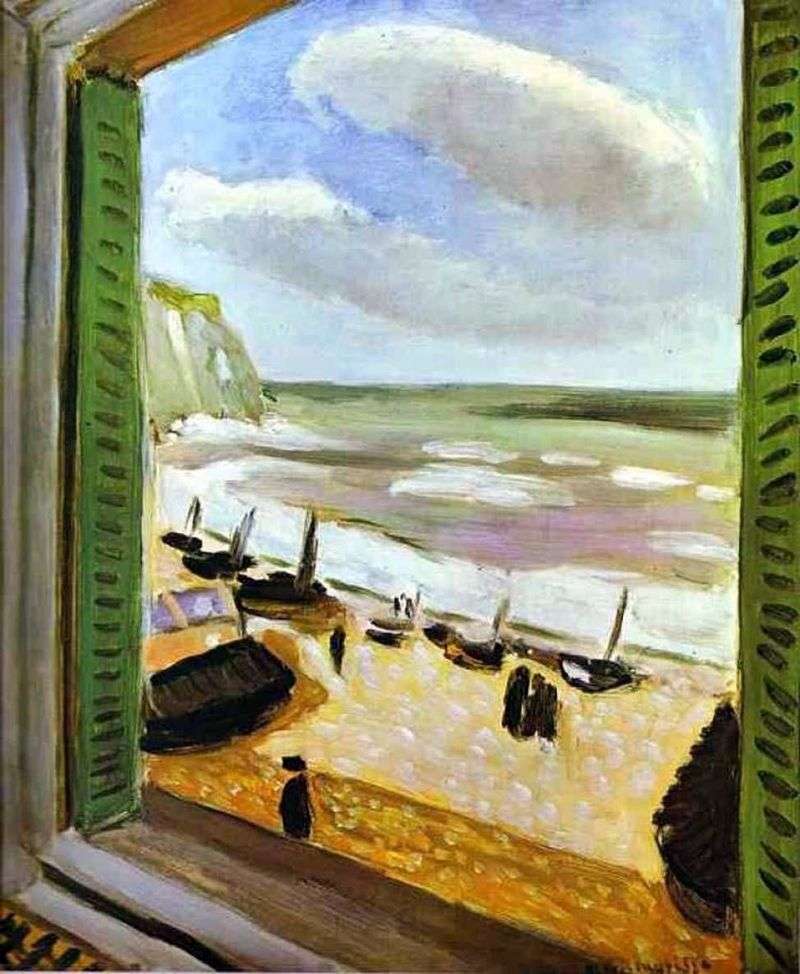 Open window in Collioure by Henri Matisse
Open window in Collioure by Henri Matisse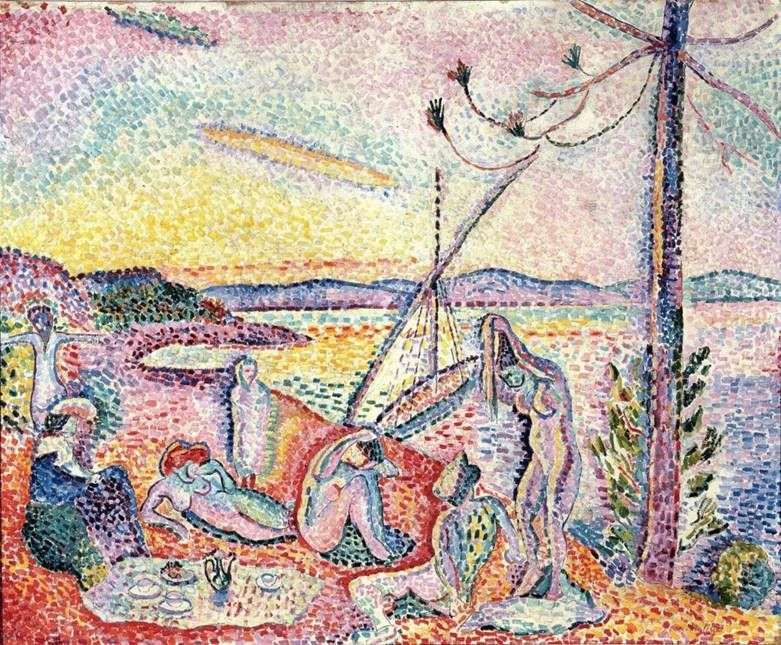 Luxury, peace and pleasure by Henri Matisse
Luxury, peace and pleasure by Henri Matisse Madame Matisse (Green Bar) by Henri Matisse
Madame Matisse (Green Bar) by Henri Matisse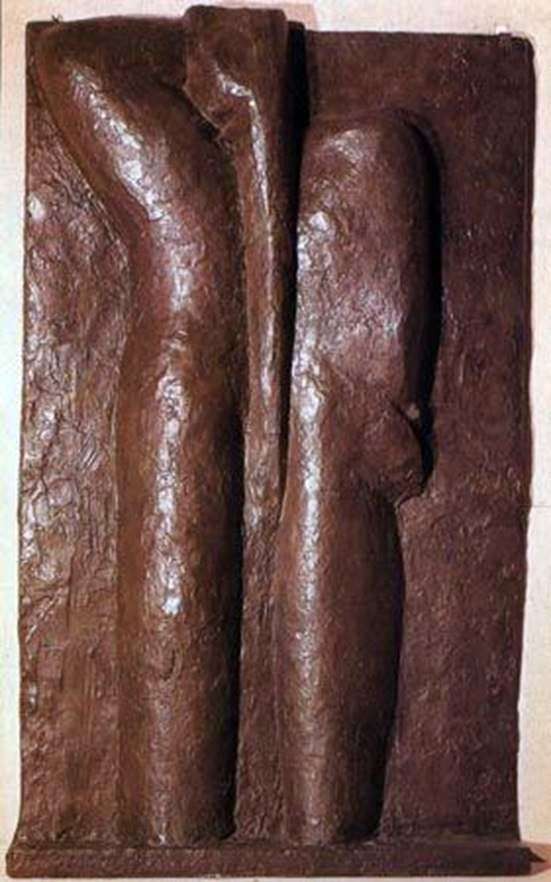 Sculpture by Henri Matisse
Sculpture by Henri Matisse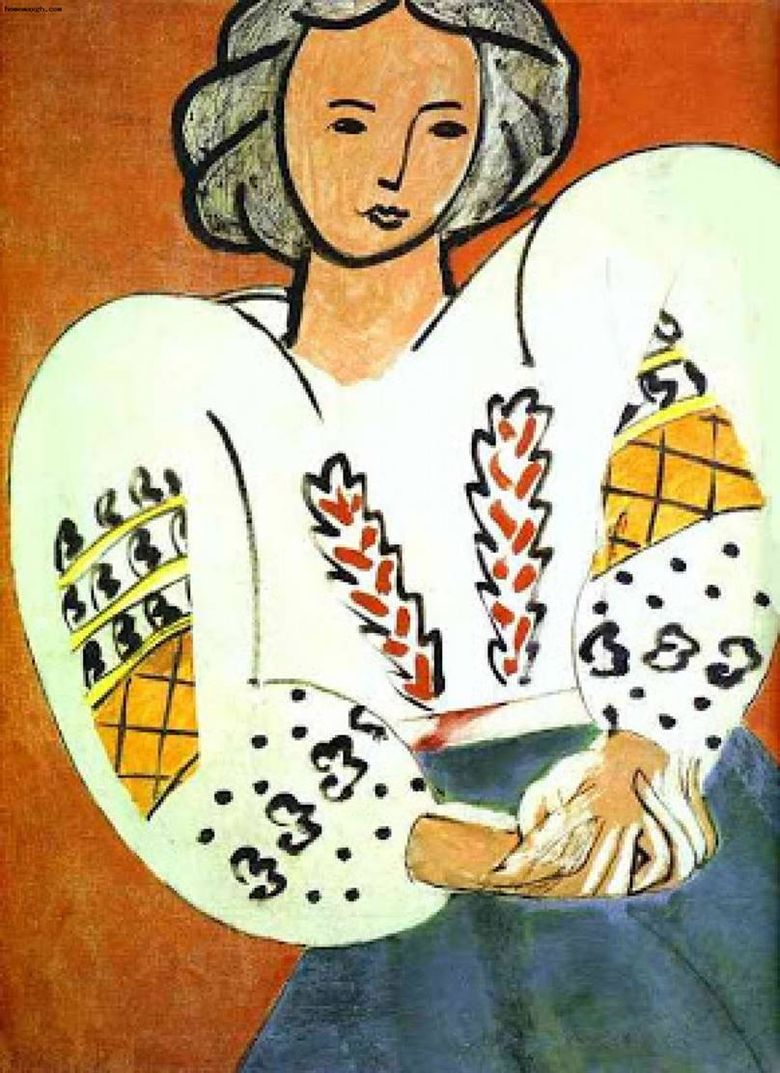 Chemisier roumain – Henri Matisse
Chemisier roumain – Henri Matisse